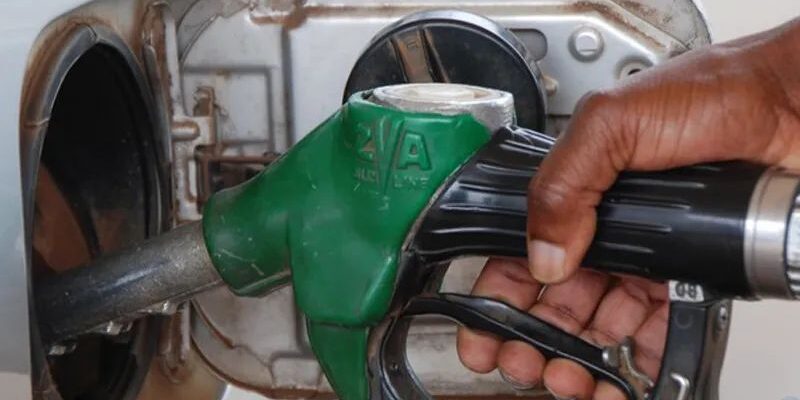In the first quarter, the government’s expenditure on fuel procurement decreased by 21%, totaling US$769 million, according to the head of the sector.
Luis Fernandes, Director-General of the Petroleum Derivatives Regulatory Institute (IRD), provided detailed insights, revealing that 1.2 million metric tons of fuel were purchased during this period.
Diesel accounted for 51.3% of the purchased fuel, followed by gasoline at 35.5%, fuel oil at 7.7%, JET A1 (aircraft fuel) at 4.5%, illuminating oil at 0.7%, and asphalt at 0.3%. Approximately 73% of the fuels were imported, with the remaining procured from the Luanda and Cabinda Gulf Refineries.
Fernandes emphasized that the country possessed a liquid fuel storage capacity of 675,968 cubic meters on land during the first quarter.
Additionally, the number of operational fuel stations stood at 1,165, although less than 80% of them were operational.
In terms of market share based on sales volume, Sonangol Distribuição e Comercialização maintained leadership with 63.9%, followed by Pumangol with 20.8%, Total Energies Marketing Angola with 7.1%, Sonangalp with 7%, and Etu Energies with 1.2%.
Regarding gaseous fuels, the government procured 114,118 metric tons of cooking gas domestically, with the majority sourced from Fábrica Angola LNG.
This marked a 15% increase compared to the previous quarter. Notably, the provinces of Luanda, Benguela, Huila, Huambo, and Cabinda accounted for 81% of the total national consumption.
![]()




